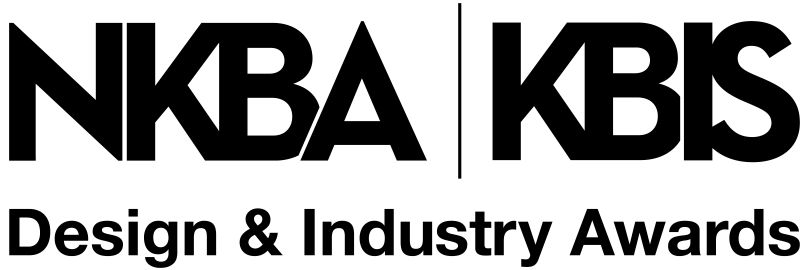While it was growing in popularity even before the pandemic, the smart home industry has truly boomed in 2020. Between working from home, doing school virtually or needing healthier living solutions, consumers are suddenly fully aware of how much they rely on technology on a daily basis. This year’s CEDIA Expo – launched as a successful virtual experience Sept. 15 -17 – offered everything the in-person show normally has: panel discussions, attendee networking, keynotes, exhibitor booths and continuing educational sessions. KBB attended the three days of immersive talks and boiled down everything we learned into 10 takeaways for designers in particular:
View a Gallery of CEDIA Products HERE
- Smart with Purpose.Not all smart products are created equal, and not everything needs to be smart. There is technology for the sake of technology – like TV screens in unusual but not useful places – and then there is technology that truly has a purpose and takes care of a task for the homeowner. A quality smart home product should connect with other devices, offer choices and simplicity, come with privacy barriers and look and feel professional.
- Coordination Equals Success. The smart home experience should be just that – an immersive, yet simple system that allows all products to work together toward the homeowner’s needs. Smart home ecosystems – like Control4 or Crestron – allow for lights, sound, temperature, shades and more to create customizable scenes for such activities as waking up, going to bed and entertaining.
- Invisibility Is (Usually) the Goal. The coolest part about having an in-wall surround system is that no one knows it’s there until it is turned on. Not many clients want to see wires and visible screens constantly and instead prefer technology’s benefits without actually seeing it. There will be the occasional client who wants to show off a giant subwoofer in the living room, but typically they want it hidden in a cabinet or inside the wall.
- The Best Smart Products Also Have a Design Purpose. When a product has to be in the line of sight, manufacturers work to make it as beautiful and customizable as possible. This might include a connected thermostat that can be painted the same color as the wall or a TV that can double as an art piece when it’s not turned on. Automated shades today are usually available in customizable fabrics to tune to any design style, and glare can be adjusted on certain screens to better fit their surroundings.
- Wire Is Still King. While the modern homeowner will demand Wi-Fi, they will also need wire to broadcast full activity – like connected lights and sound – throughout the home successfully. Integrators will also need to install access points to that wire in case of any issues.
- Start Planning Now. Since wire is necessary for full smart home projects, technology needs to be planned from the very beginning and implemented when the project is down to the studs. Otherwise, there will be high costs to having to install it after the fact.
- Voice Control Helps Everyone. Whether a homeowner is busy at work, trying to wrangle kids into bed or has dirty hands from cooking, voice control can help. It can turn on the oven, turn the lights on or off, turn the faucet on (and to the preferred temperature) or set a full scene. This frees up the homeowner to multi-task. It is also highly helpful for seniors, who might have trouble seeing light switches or turning handles.
- COVID-19 Has Inspired New Opportunities for Smart Home Growth. With less vacations and traveling, homeowners are choosing to spend their money on upping the caliber and quality of their homes. Much of the budget is going to improving family entertainment areas and outdoor audio systems. There is also a need to improve the home office – and perhaps the home school area – with noise control, faster Wi-Fi and more efficient computer/screen stations.
- Smart Technology Can Improve Health at Home. COVID-19 has also inspired a surge in healthy living, and the smart home can appeal to this demand. Lights can be adjusted to echo the sun’s natural patterns and positively impact levels of melatonin and serotonin. This can increase productivity during the day and allow for better sleep at night. Smart ventilation systems can also control the way air is filtered in the home – a high priority for homeowners in regions affected by wildfires – or can better regulate the quality of water.
- Lean on Your Integration Professionals. Team up with an experienced integrator from the start, who is familiar with a variety of products and is willing to work with the design team to create a smart and beautiful project. Focus on the lifestyle of the client to determine together how smart technology and design can improve and simplify their daily lives.







